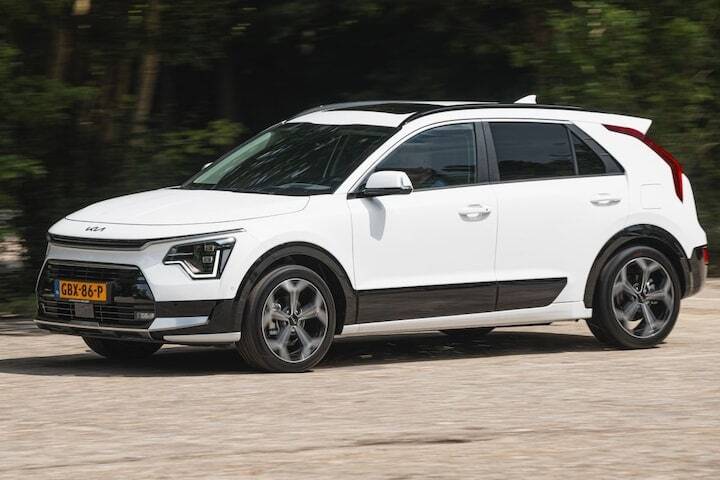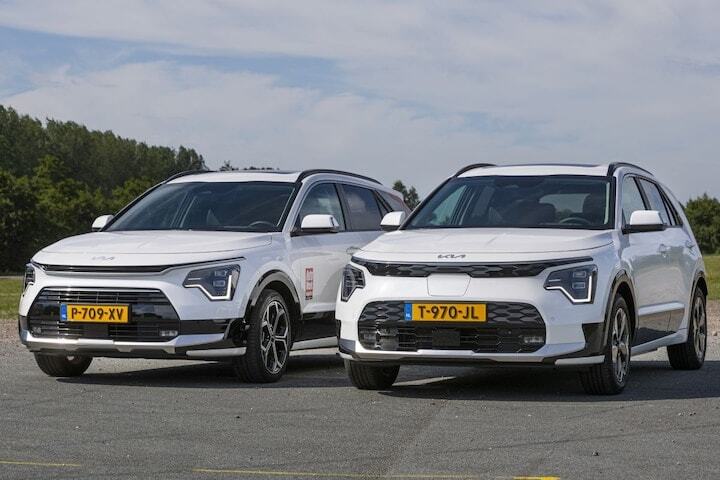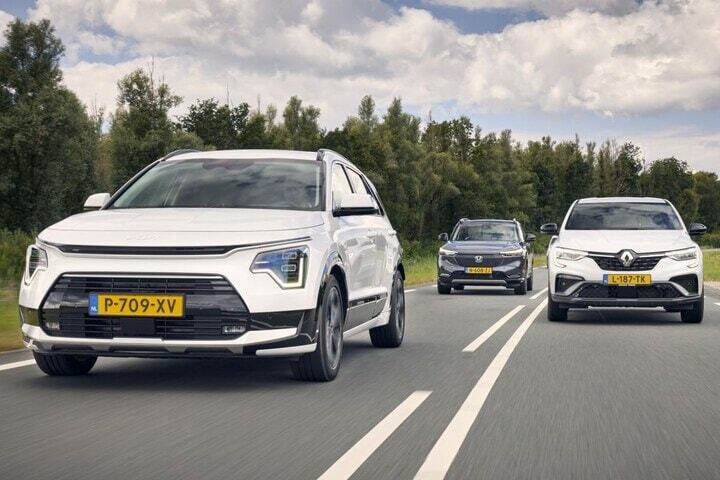
And in 2025, it will still be going strong
If you think of the American Dream, you naturally think of Kia. Since 1993, the brand has grown from nobody to market leader. The compact and affordable Picanto has certainly contributed to this, but larger and more expensive models are also doing increasingly well. Like the Kia Niro, which proudly claimed second place in the Dutch sales rankings last year. Where does that success come from?
Kia market leader? Indeed, in 2024, the Korean car brand proudly led in Dutch sales. No fewer than 34,980 Kias left a dealer branch, compared to 31,012 Volvos and 30,829 Toyotas. Almost a third of this number was due to the Kia Niro, of which no less than 10,914 were sold.
Large share of electric
The fact that there is not just one Niro has undoubtedly contributed to this, because this crossover comes in no fewer than three versions. There is one thing in common between them: there is always an electric motor involved. You can choose between a hybrid, a plug-in hybrid and a fully electric variant. The Dutch importer was kind enough to break down the sales per version for us, with a striking result. No fewer than 5,402 new owners chose a fully electric Niro, compared to 4,994 hybrid drivers and 518 PHEV drivers. The EV is therefore the most important variant, while most new Niros still have an internal combustion engine under the hood.

Hybrids still easily beat EVs in registration figures.
Test: prefer the electric
Which one should you have? This devilish dilemma also reaches our long-term test garage, where the Kia Niro Hybrid spends a few months. A fine companion, it turns out. Yet the question arises: if money is no object, which one should you have? When it comes to driving, the balance clearly tips in favor of the Niro EV. “The Niro Hybrid is quiet, relaxing and attentive, but cannot match its electric equivalent in any way in terms of engine,” it turns out. That comes at a price, because if you want comparable versions, the electric version is about €10,000 more expensive.
That extra cost not only provides a smoother drivetrain, but the fully electric variant also wins when it comes to overall comfort. “Even more than the Niro Hybrid, the EV is an automotive oasis of calm,” we experience. “You eat your kilometers in serene calm without interruption of the shifting process. That earns Kia’s insulation department plus points. The battery pack placed in the bottom seems to further dampen driving noises as a result of, for example, transverse ridges.” The fact that the rear axle of the electric Niro sometimes has a little more difficulty hardly plays a role. No Niro invites more sporty driving behavior.

Fist to competition
The Kia Niro EV wins against the hybrid variant, but the latter also has enough in its own right. He proves this in a test against his competitors Honda HR-V and Renault Arkana. The conclusion? “There is simply very little to criticize about him and that makes the Korean the convincing winner.”
A remarkable achievement for a brand that once started as a price fighter. To see where Kia is now, we compare ‘our’ Niro with the Dacia Duster in Hybrid 140 trim. Even though the hybrid Dacia is not a bargain, the hybrid Kia Niro still costs around €8,000 more. Yet it applies: “The fact that the Kia is even more expensive is certain, but you can feel where that money has gone. Moreover, it is more generously equipped. The fact that both models are no longer really ‘budget’ is not bad in itself, only the Niro fulfills its traditional role just a little better in this case.”
This is also evident from user experiences, in which by far most users are positive about their second generation Kia Niro. The car is spacious enough, sits well and the drivetrain works as expected, regardless of which version you drive. Areas for improvement: the steering could give more feedback and some Niro EV drivers have to deal with a ‘zombie mode’, in which the car does not respond to any signal. Temporarily disconnecting the 12V on-board battery offers a solution in such a case.